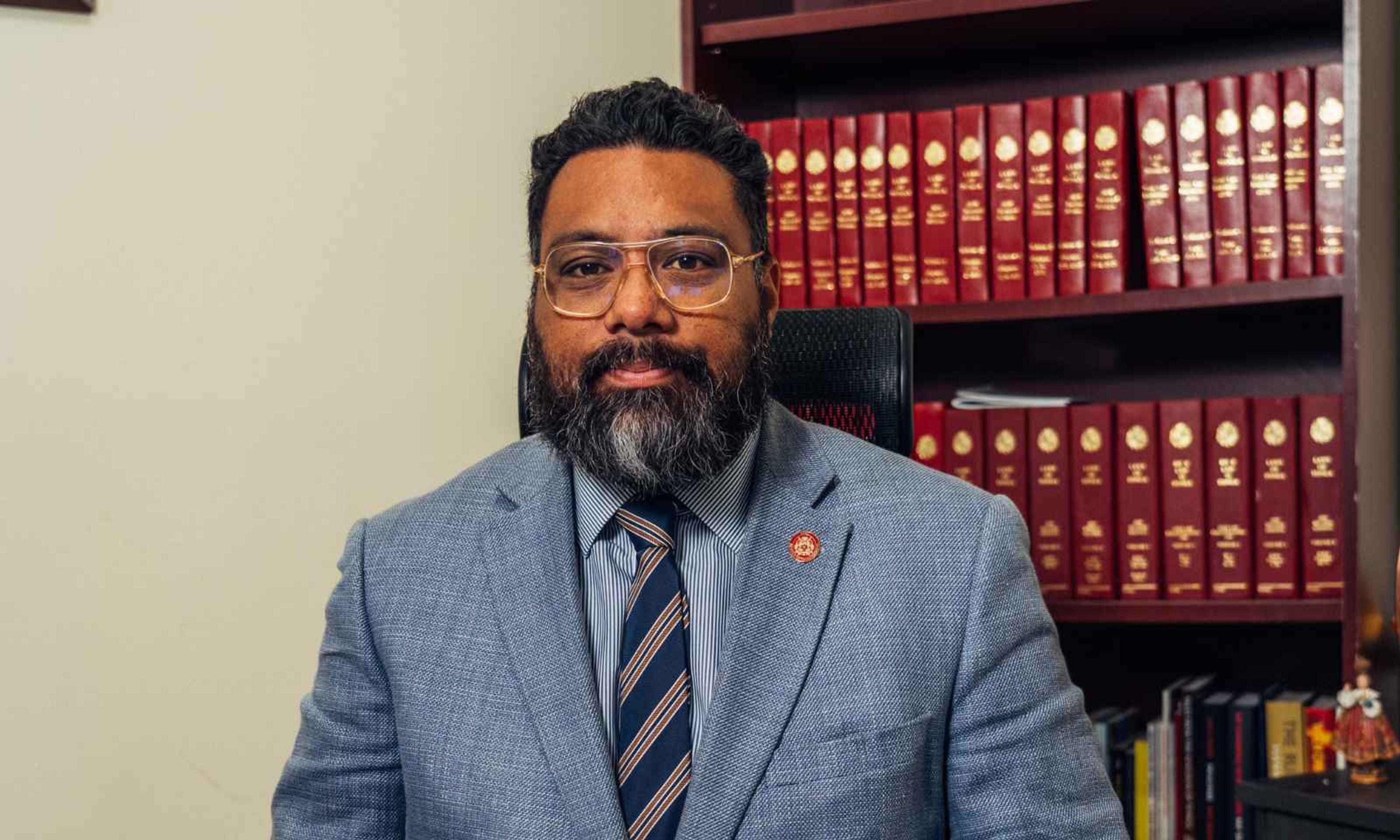

Ofa Fa'ananu and Luisa Taunga say the Tongan facility will help provide information for expanding the radar system around the Blue Continent.
Photo/Joseph Safiti
Early warning system a fundamental human right - expert
Metservice and environment officials say there is an urgent need for weather alerts because most people lack access to adequte multi-hazard cautions.

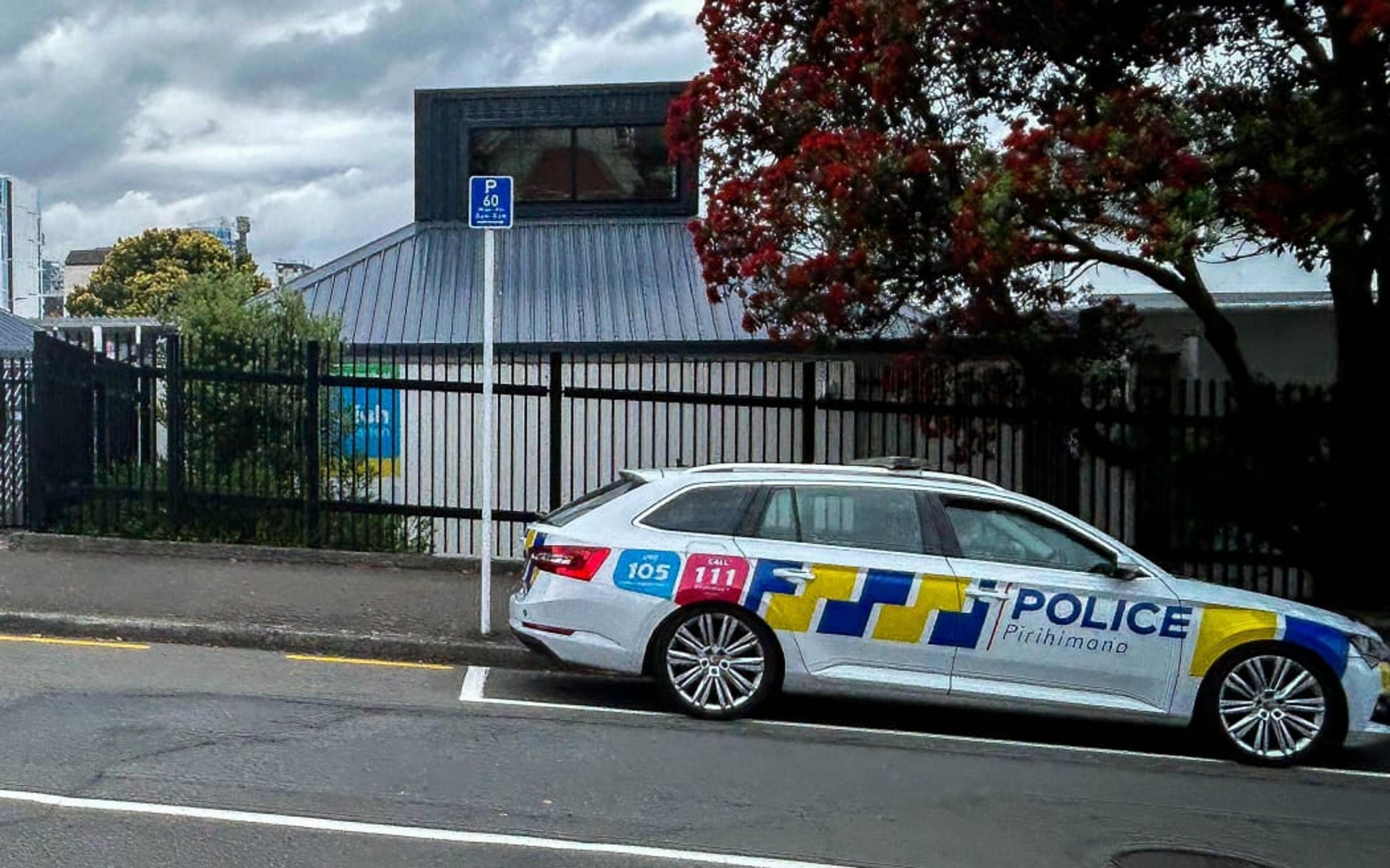
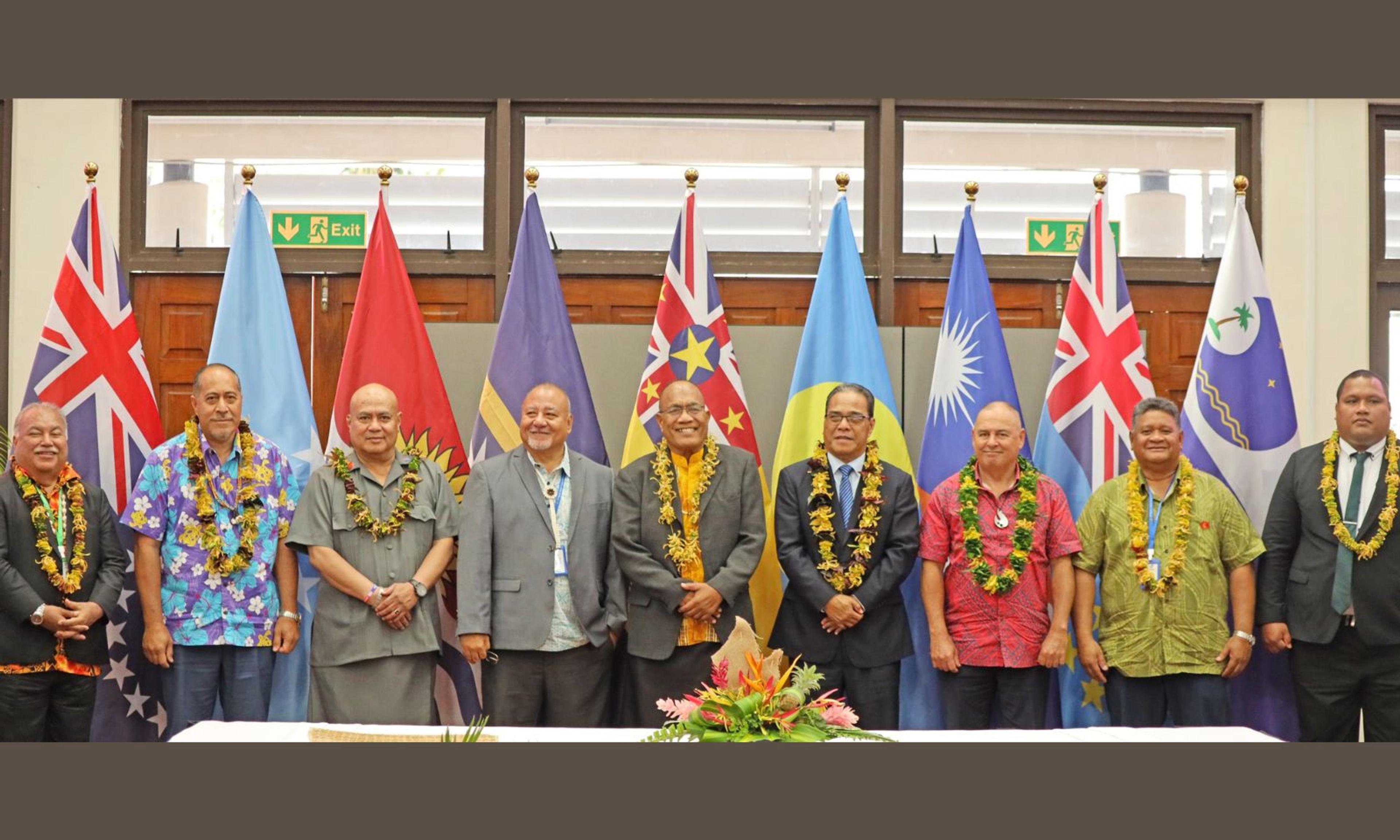
Pacific told to rethink ‘friends to all’ approach as region faces rising geopolitical pressure
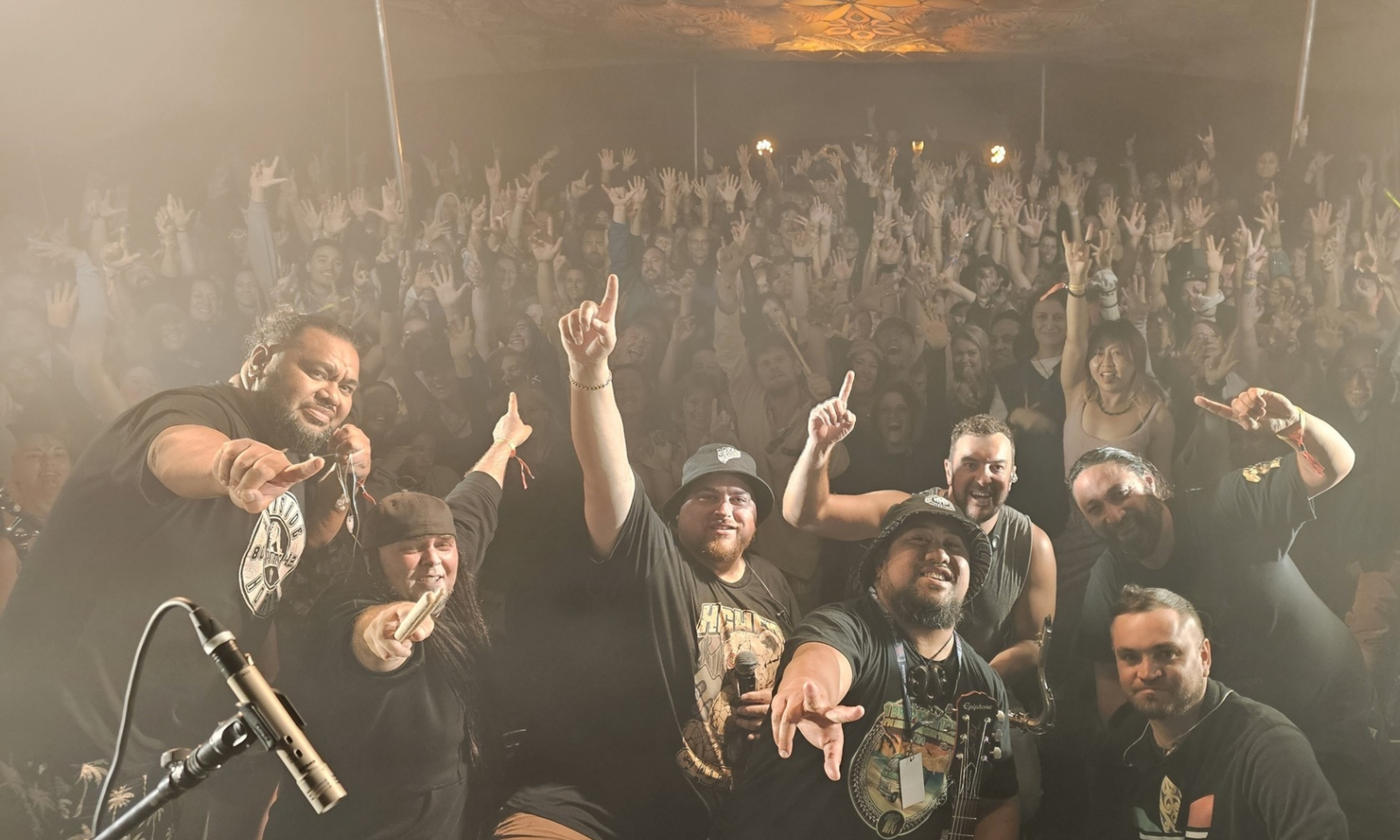
Ōtautahi's 1 Drop Nation celebrates brotherhood and legacy in new music



Pacific told to rethink ‘friends to all’ approach as region faces rising geopolitical pressure

Ōtautahi's 1 Drop Nation celebrates brotherhood and legacy in new music
The facts are clear. Early warnings save lives and deliver huge financial benefits, the experts say.
Ofa Fa’ananu, of the Weather-Ready Pacific Programme in Tonga, says early warning systems are urgently needed, particularly in the Pacific, where the effects of climate change are irreversible.
His comments follow the announcement in Nuku'alofa on Tuesday about the new weather technology donated by New Zealand.
“Human right” is how Fa’anunu describes the initiative, saying climate change is causing more frequent and intense extreme weather events across the region.
He says this extreme weather also causes widespread adverse impacts, related losses, and damage to nature and communities.

Deputy Prime Minister and Minister for Foreign Affairs Vaovasamanaia Winston Peters and United Nations Secretary-General Antonio Guterres. Photo/MFA
Early warning systems are a proven, efficient, and cost-effective way to save lives and jobs, land and infrastructure, and support long-term sustainability, Fa'ananu says.
Fa’ananu manages the Weather-Ready Pacific Programme (WPP) set up by the Pacific Islands Forum to look at more long-term investment in dealing with severe weather.
Deputy Prime Minister Vaovasamanaia Winston Peters, who is in Nuku’alofa for the forum leaders’ meeting, announced the $4 million weather radar for Tonga as part of New Zealand’s $20m support for the programme.
He says the radar will help save lives through improved forecasting and early warnings for communities during hazardous weather events.
Peters says the launch of the facility at the Fua’amotu Airport delivers on a commitment by Aotearoa.
The radar is the first of its kind in the Pacific and Fa’anunu says it’s more accurate when it comes to detecting tropical cyclones, recording the amount of rainfall that may cause floods, and wind speeds of extreme storms.
“This radar here is the latest innovative technology. It's sort of a shift from the conventional radars that are being used. This one here is quite low-powered. The normal radar is very high-powered and costs a lot to operate.
“This radar is the latest technology that uses low power. So, we are able to use our renewable energy, just solar panels and batteries to power it. And this is in line with, of course, our policy on renewable energy, trying to be more environmentally friendly.”
Luisa Taunga is a team lead in disaster-risk management at Tonga’s Ministry of Environment and says the new technology means her family is kept safe, particularly her young children who attend schools in the coastal areas.
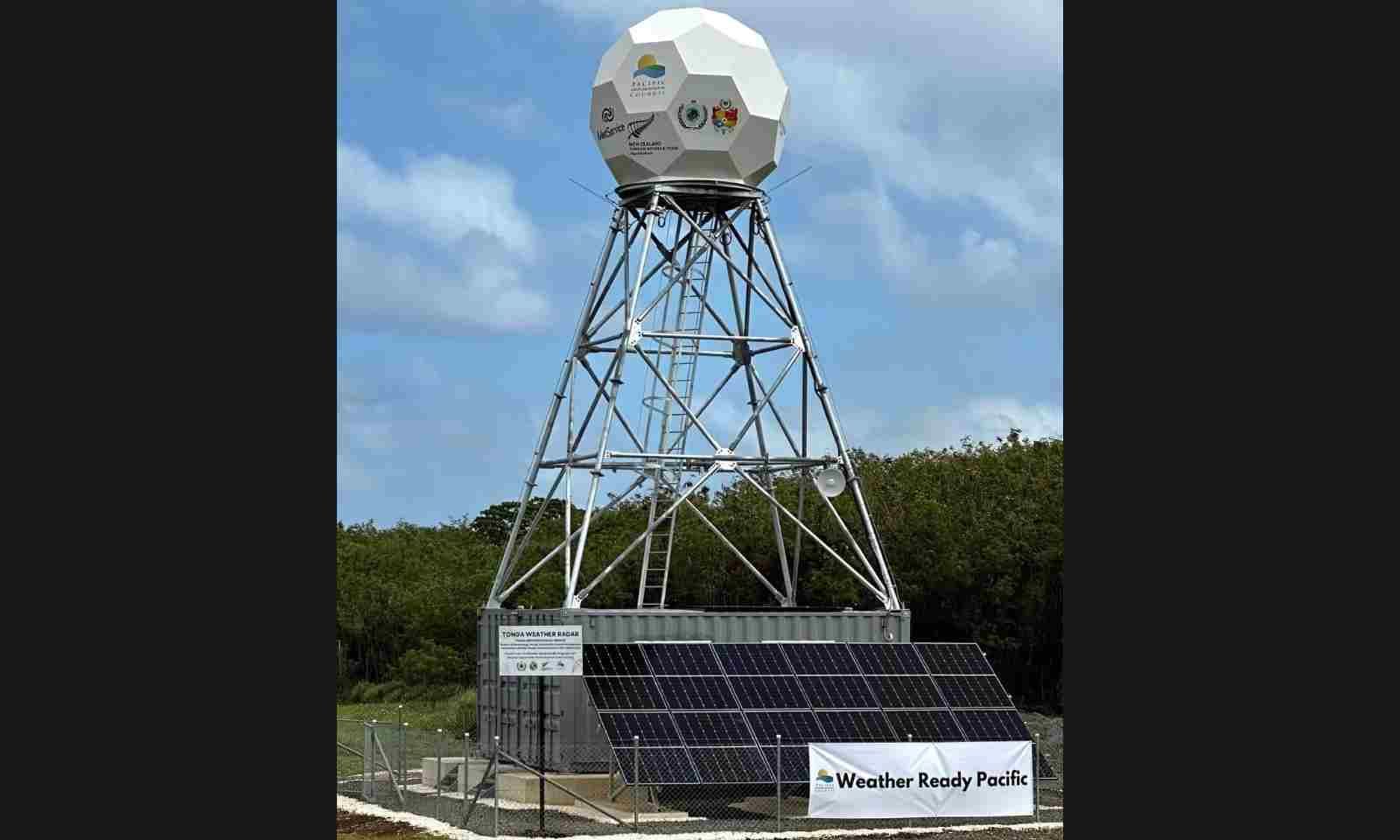
Photo/WMO
“My husband is a farmer. So having this in place, the weather radar provides timely information so that farmers can plan accordingly so they know that water is coming, they're able to look and probably save what needs to be harvested beforehand and not be affected especially by heavy flooding or heavy rainfall.”
Despite the new technology, Fa’anunu says there’s still more work to be done as there is a big need for a training facility for meteorology staff in the Pacific.
“Although this equipment is expensive, it's no longer an excuse. If the disasters are happening more regularly and people are losing their lives, economies are struggling, these things need to be put into the ground to help with the information for their safety and well-being.”
MetServiceNZ CEO, Stephen Hunt, says they have a long-standing relationship with the Pacific which includes training meteorologists from the region.
“The UN Secretary-General made a great statement about how climate change is increasing vulnerability around the world and often the nations less prepared to face the consequences are facing the worst consequences of them," he said.
"For that reason, it's absolutely appropriate that we all apply resources, attention, skills, and support throughout regions such as the Pacific and Tonga.
“I think that understanding the needs of the whole Pacific region is really important to understand the system of infrastructure that needs to be put into place and how that can be supported.
“Rather than just looking at a piece of equipment case by case, we have to look at the whole, how it will all fit, how it will integrate, how it will work.
“And of course, just building equipment isn't necessarily capability. It's all those things that come with it. The people, the support structure, the maintenance, the training. All those things are required to make that capability operate," Hunt said.
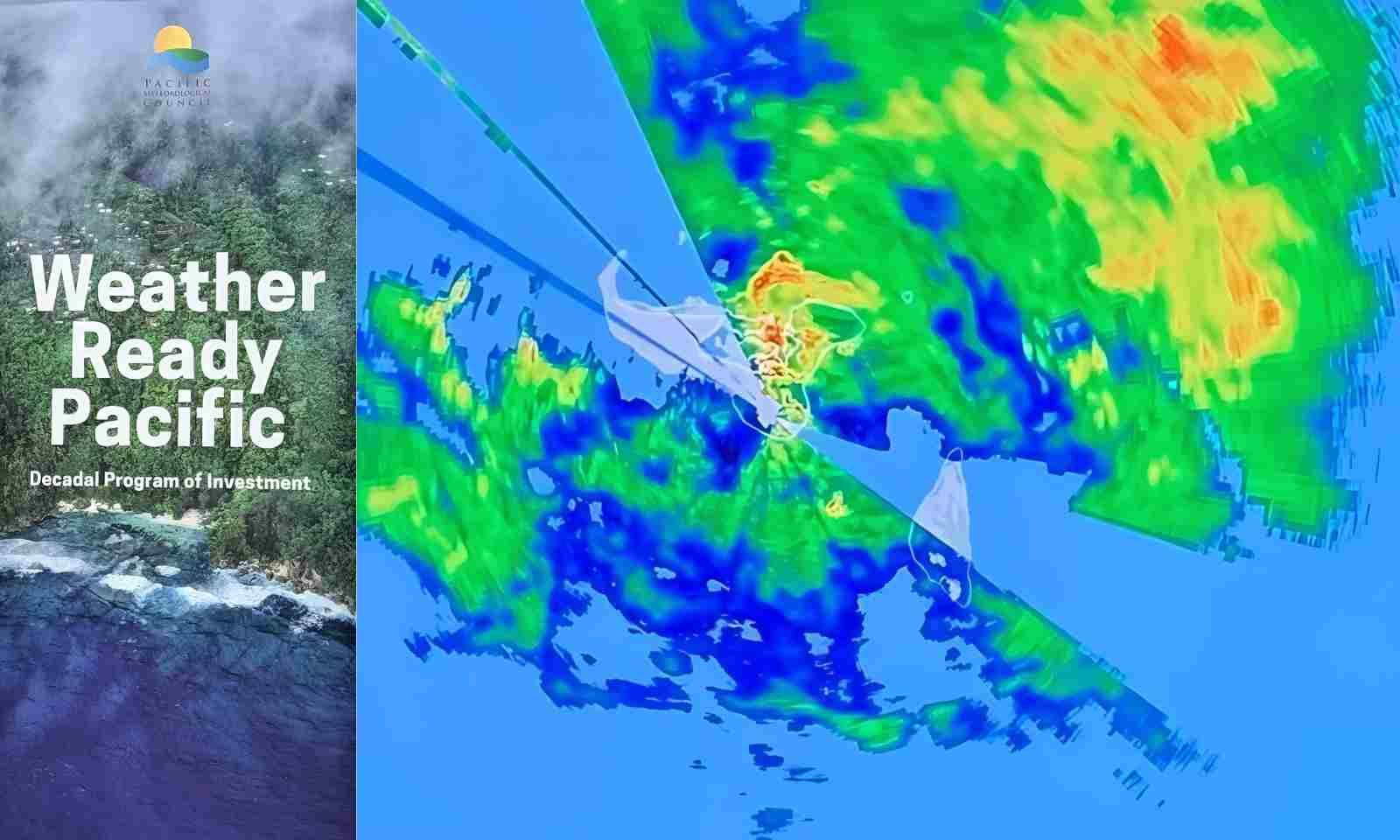
Photo/MFA